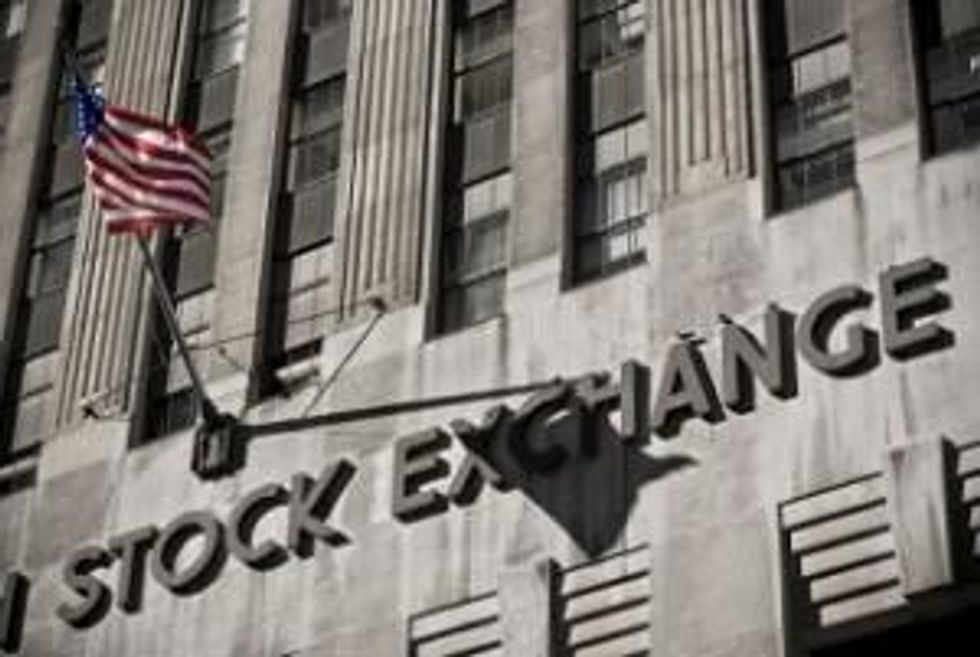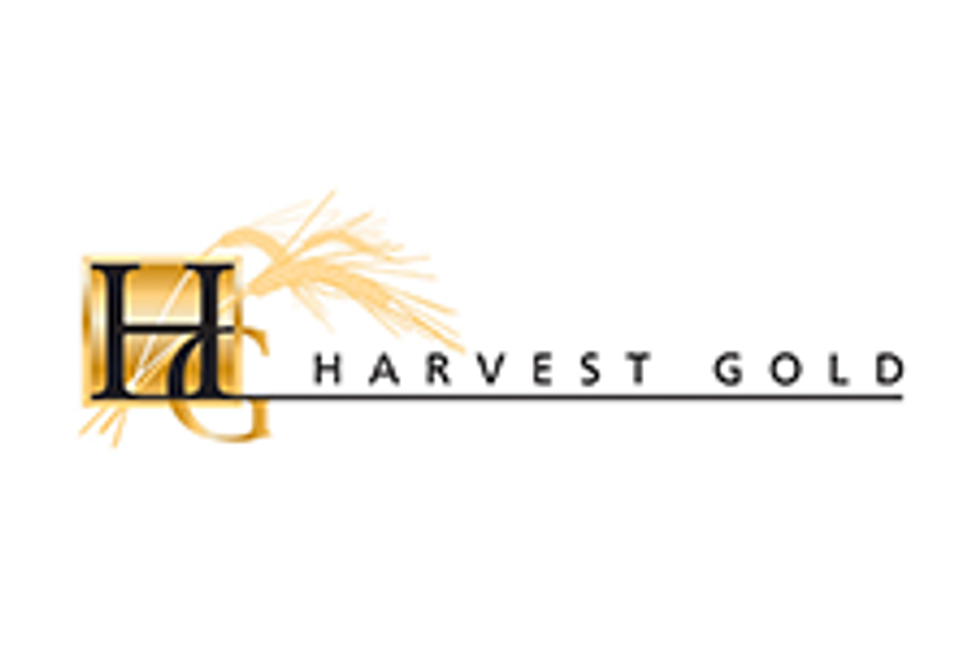A recalibrated valuation model by GMP Securities shows that some gold companies can weather a gold price drop better than others.
The Toronto-based firm released new data on the companies it covers to reflect the lower gold price, which is hovering around $1,400 per ounce. For valuation purposes, GMP said it is downgrading gold from $1,575 to $1,500, and while that is roughly $100 higher than gold is sitting at currently, it describes the current price range as “short term” and noted that gold has averaged $1,610/oz over the past two and a half years.
It also made adjustments to its models based on a new valuation methodology that increases the discount rate from 6 percent to 8 percent, considering that many large-cap gold companies under its coverage have high costs of equity and weighted average costs of capital (average 10-percent WACC, according to Bloomberg data). A higher discount rate is generally an indication of higher risk.
When the data was recalibrated, some interesting facts emerged. At $1,500 gold, all the companies in GMP’s coverage universe of producing gold companies (over 2 million ounces production annually down to less than 250,000 oz/year), not surprisingly, saw their net asset values (typically between $15 and $50/oz) decline. However, some declines were far steeper than others, indicating a lesser ability to withstand a lower gold price. Barrick Gold’s (NYSE:ABX,TSX:ABX) NAV dropped 39 percent, Yamana Gold’s (TSX:YRI) slid 33 percent, Kinross Gold’s (NYSE:KGC,TSX:K) dropped 29 percent, and Agnico-Eagle Mines’ (NYSE:AEM,TSX:AEM) NAV plummeted 77 percent. When $1,400 gold is figured in, the companies worst affected, with the biggest declines in NAV among first and second tier producers (+2M oz to 500K oz), were African Barrick Gold (LSE:ABG) (-23 percent), Centerra Gold (TSX:CG) (-16 percent), Kinross (-15 percent) and Barrick (-15 percent). Centamin (LSE:CEY, TSX:CG) (-26 percent), OceanaGold (TSX:OGC,ASX:OGC) (-27 percent), Allied Nevada Gold (TSX:ANV) (-36 percent), Teranga Gold (TSX:TGZ, ASX:TGZ) (-29 percent), St. Andrew Goldfields (TSX:SAS) (-28 percent) and Avocet Mining (LSE:AVM) (-32 percent) were among the most vulnerable third- and fourth-tier miners (below 500K ounces) affected by $1,400 gold.
The least affected companies across all tiers were Rio Alto Mining (TSX:RIO) at -7 percent NAV, Nevsun (TSX:NSU) at -1 percent, AuRico Gold (NYSE:AUQ,TSX:AUQ) at -10 percent, gold royalty/ streaming company Franco-Nevada (NYSE:FNV,TSX:FNV) at -7 percent and Goldcorp (NYSE:GG,TSX:G) at -8 percent.
Still, despite the declines in net asset values across the board, GMP maintains “buy” ratings on all 35 gold companies under coverage, except for Newmont (NYSE:NEM), Centerra, Nevsun and Avocet Mining, which are rated “hold.” Target prices were naturally all down in line with a lower gold price target, with the most dramatic reductions occurring among the majors. Barrick dropped from $50 to $26, Newmont from $59.75 to $38.60, and Goldcorp from $61 to $41.75. Kinross’ target price fared best among the majors, only slipping 12 percent, from $9 to $7.90.
Some of the more compelling data comes from the “Adjustments to Our Models” section of the report detailing how the new valuation methodology affects specific companies under GMP’s coverage. A few examples:
- Barrick: Our new model sees a ±1 year delay costing in the order of ±$2bn resulting from a combination of the high costs of maintaining the site as well as the associated increases in capex, plus the time value impact of pushing cash flows back a year.
- Goldcorp:At Cerro Negro, we view the deposit and project itself as a great asset and excellent CF generator; however, we highlight the challenges with operating in Argentina (restriction on imports, accelerating inflation) and have adjusted costs upwards accordingly.
- Kinross:In the case of Kinross, we have taken a harsh approach to non-producing assets. We are assigning no value to Fruta del Norte, given language in Kinross’ year-end disclosure (indicating that the company will likely lose the asset unless a definitive agreement with the Ecuadorian government is in place by August 1)… The change in gold price plus discount rate is also tough on Tasiast, giving a sub-$1 bn NAV.
- Pretium Resources (NYSE:PVG, TSX:PVG): Our new C$16.50/sh target price for Pretium is C$8.50/sh lower than our prior C$25.00/sh target—this comes mainly from the use of 10% as the discount rate and materially dropping the value assigned to the large but low-grade Snowfields zone (the gold price change has only minor impact).
- ATAC Resources (TSXV:ATC): For our ATAC Resources valuation, we leave our target ounces unchanged at 3mmoz for the Rackla discoveries but reduce our $/oz valuation to $50/oz from $100/oz. This reduces our target to C$2.00/sh from C$4.80/sh. We continue to see the Rackla Carlin style gold discovery as world-class and expect ongoing exploration progress in 2013 and beyond towards defining high-value resources.
The bottom line for gold investors? According to GMP, the gold mining trade is fraught with risk for the foreseeable future due to the macroeconomic winds buffeting gold, but is a true “contrarian play” right now which, according to investment experts like Rick Rule, spells opportunity if the right companies are chosen as investment vehicles.
“The macro setting for gold is, in our view, still murky, with the biggest downside risk to our price view coming from continued economic growth in the U.S. The continuing trend of easy money in Japan and Europe has the potential to be supportive for gold, but the threat of the U.S. Fed taking away the punchbowl later this year represents a threat to sustained or higher gold prices,” reads the report.
“Nonetheless, we continue to like gold as an asset class for the potential to counterbalance exposure to the broad North American market. It is also, in our view, the antithesis of a ‘crowded trade’, and we would say that goes doubly so for the shares.”
To obtain a copy of the report, contact GMP Securities here.
Securities Disclosure: I, Andrew Topf, own stock in Goldcorp.
Related reading:






